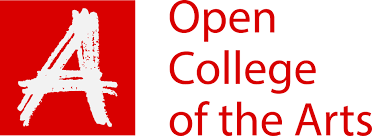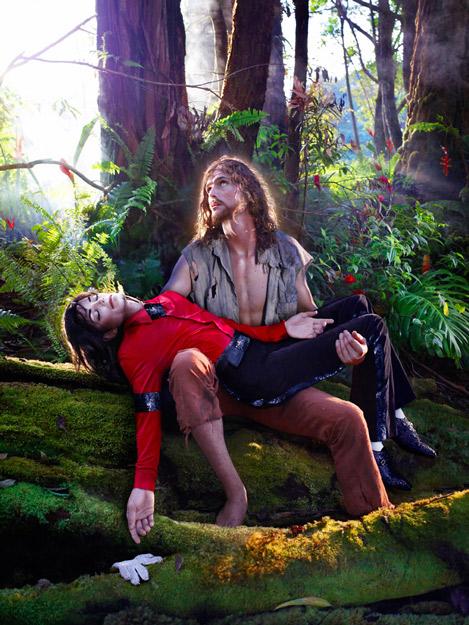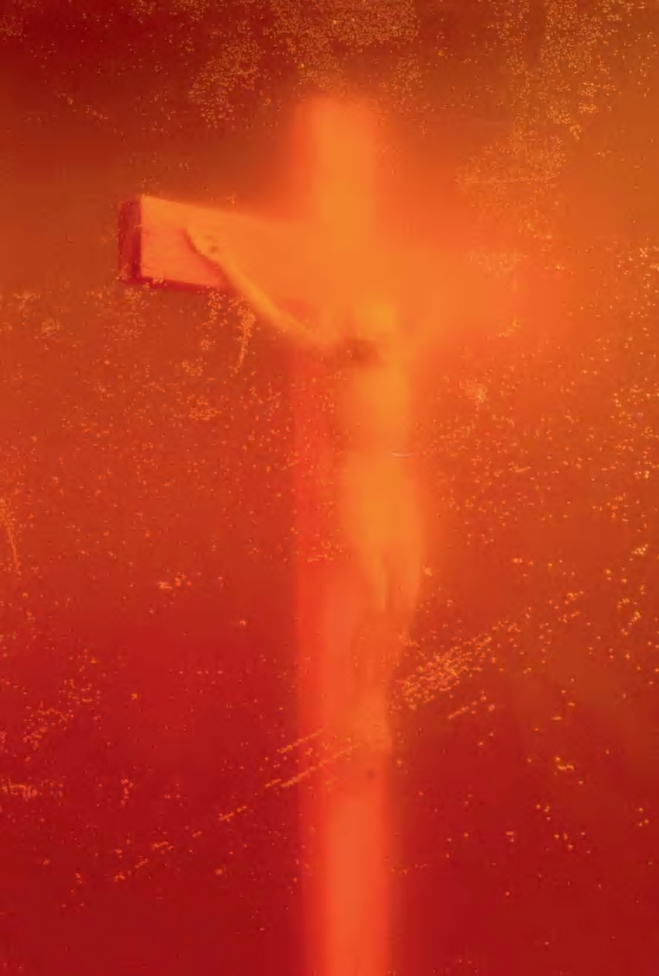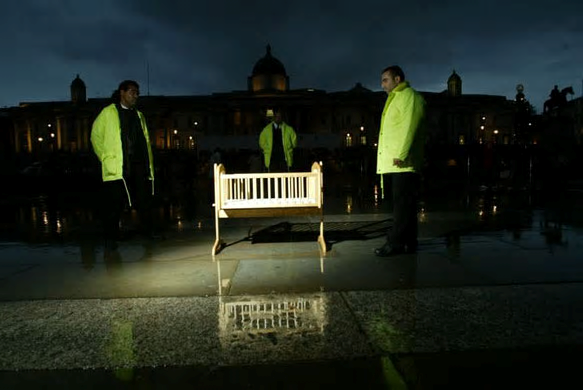Day 1 of 3
Arrived at the cottage and everything was as I expected and plug sockets were in convenient places. The first evening I spent moving a couple of items around. One lamp removed from the scene. Sofa and table moved closer to the window. I positioned the spotlight and LED panel on their light stands. I mounted the camera on a light stand using the tripod ball head allowing me to angle it downwards. The main decision for this evening was the angle of the shot.
I tried straight on in landscape and portrait. Although the portrait shot included everything in the frame it did not have the same presence as the landscape orientation. I still needed to work on my angle of view and exposure settings.


Day 2 of 3
The next day I spent positioning the props: Bible, lamp, bookmarks etc. The high angle of the camera was a choice to convey being looked on by God from above. Unfortunately the height of the camera was going to make setting up the camera a huge problem.

The Nikon App that I had on my smartphone only allowed me to control the shutter, which was useful, but I wanted a liveview facility or else I could see myself running out of time to produce an acceptable image for submission. A 30 minute break to research other apps and I found my saviour in ‘Camera Connect & Control’. There was a 3 day free trial that included liveview and full control of exposure settings. In fact I spent so long setting up the scene in liveview I didn’t actually take many shots in camera.
The table, lamp and bible set up centred on an open bible. Having read the bookmark text I was immediately taken by ‘I will trust and not be afraid’ Isaiah 12.2. I chose to have the Bible open on this page with the bookmark on the edge with the remaining bookmarks scattered on the floor.
A bonus prop came in the form of a ‘tether’ that was attached to the manger on the other side of the room. This was a prop I wanted to use as it suggested being weighed down. Initially I had it resting on the floor but then I thought that having it hanging from the rope would be more sinister and unsettling. Lighting it to get a good shadow on the wall was another challenge.
I set the orange manger light up and the blue gel spotlight behind the curtains. The camera in position and LED panel set up I changed in to my work clothes (costume) and started taking shots mainly with ISO 400, 1/50s, f/8. Spent the evening editing in Lightroom and identified some areas that I wanted to improve on the final day. There were multiple shadows on the bridle and tether that I wanted to resolve. I also found the results to be too noisy and so I wanted to get as close to ISO 100 that I could.



Day 3 of 3
The final day was all about getting my posture and facial expression right. I adjusted some lighting positions to provide clarity to the shadows. I also added a foil snoot to the blue spotlight to produce a directed light on to my head. This also had the added bonus of producing a partial light on the bookmarks on the floor.
My final camera settings were 20mm, 1/8 sec, f/6.3, ISO 100. This worked well as long as I kept as still as possible. The depth of field was also ok to get everything from back to front in focus. I would still need to increase the exposure in post processing but all seemed to go ok.
My final set up and some final shots are shown below along with a lighting diagram of the set up I used for my selected image.

Final Lighting setup

- Key light. 150W Spotlight. Blue gel. Foil snoot. Light stand on windowsill.
- Fill light. LED Panel on 1.5m light stand. Barn doors directing light away from the left.
- 2 x Portable LED work light. Orange gel.
- Table lamp.
- LED Panel desk lamp. Standing on sofa.
- LED torch attached to under side of table.
- Camera. Sigma 18-35mm lens. 20mm, 1/8s, f/6.3, ISO 100. On 2.7m light stand.



























